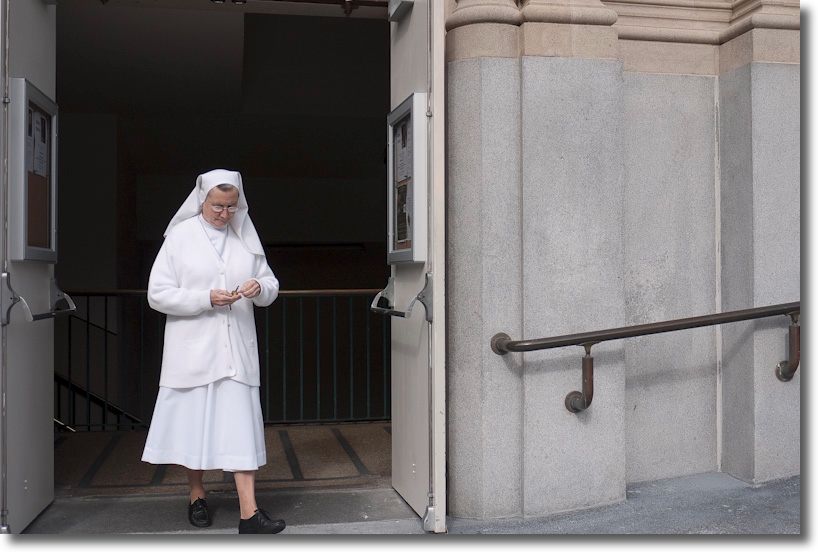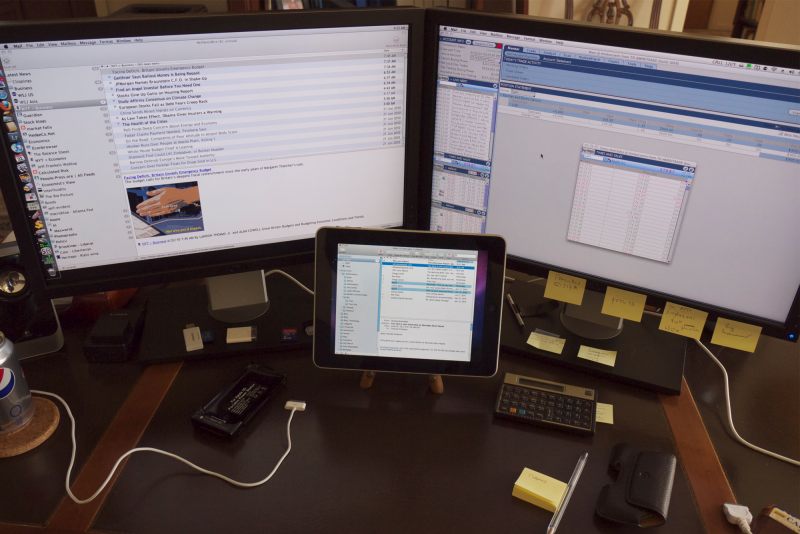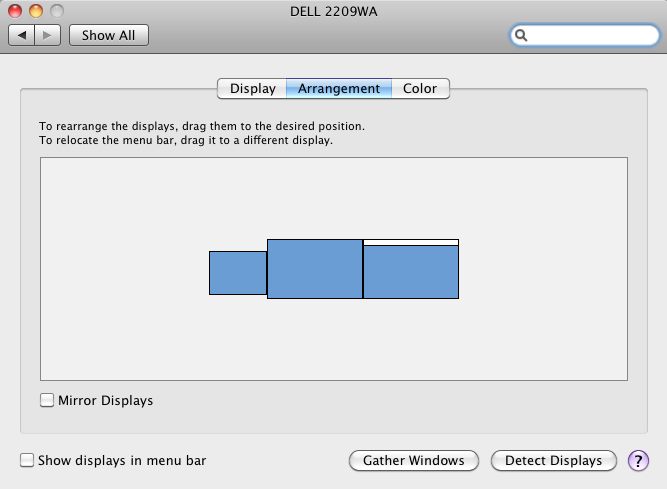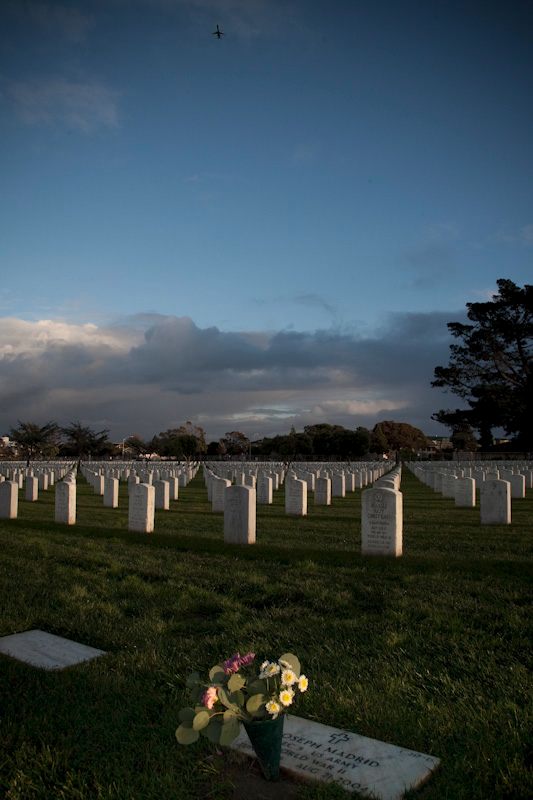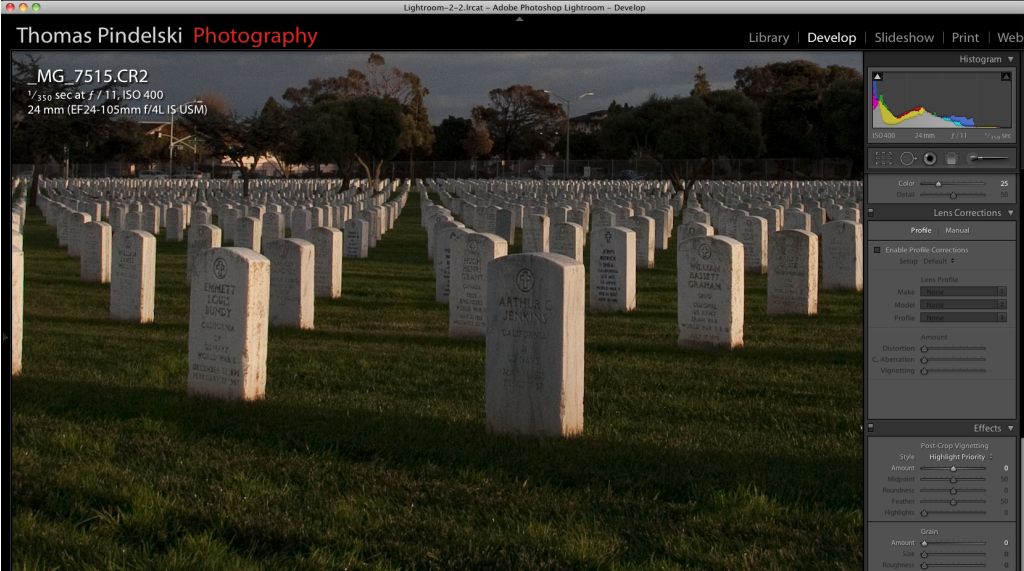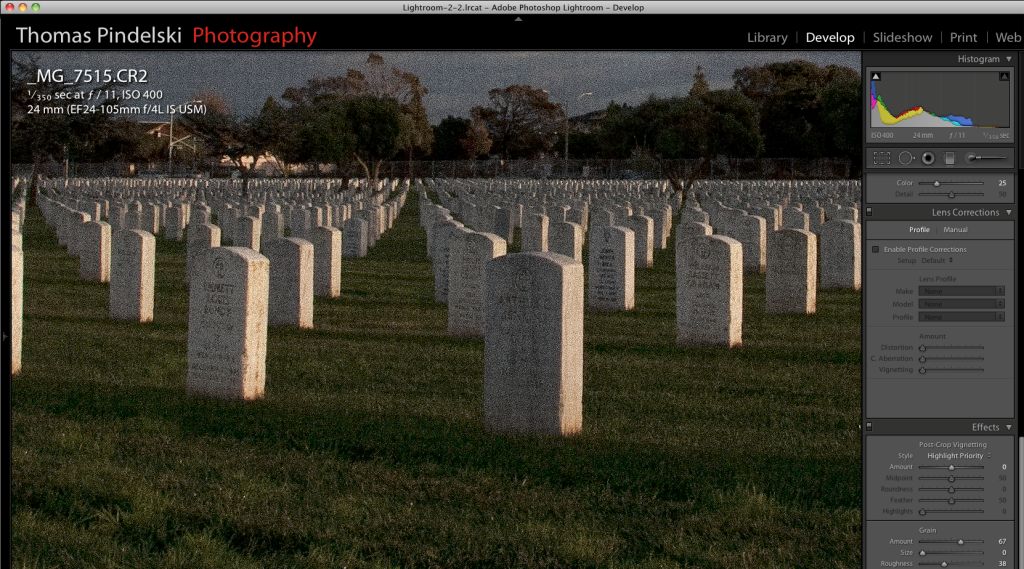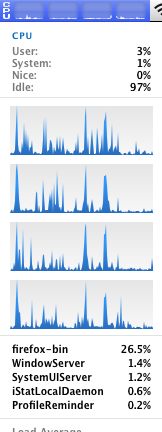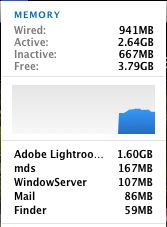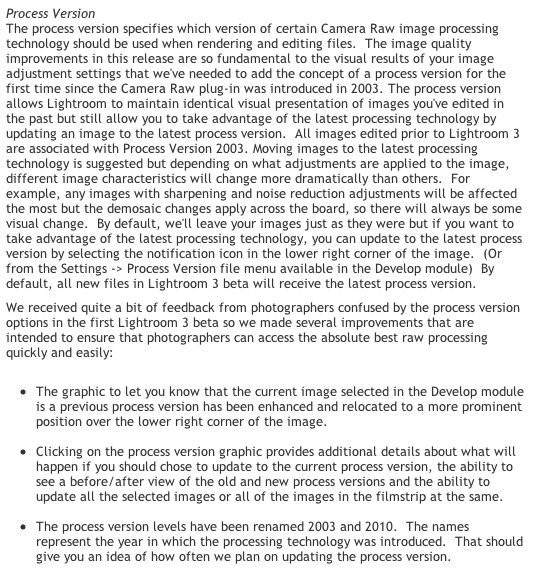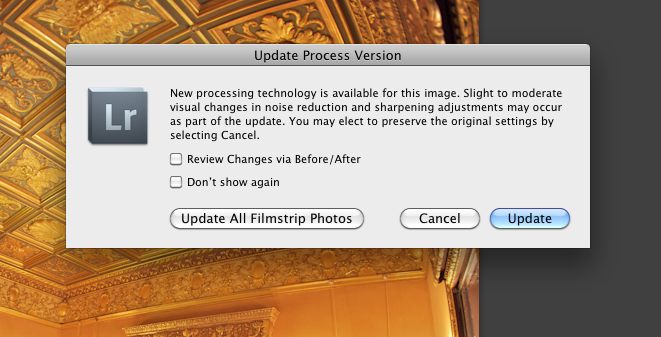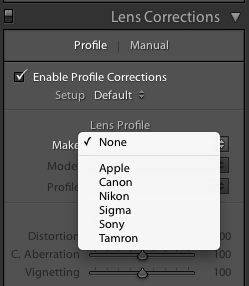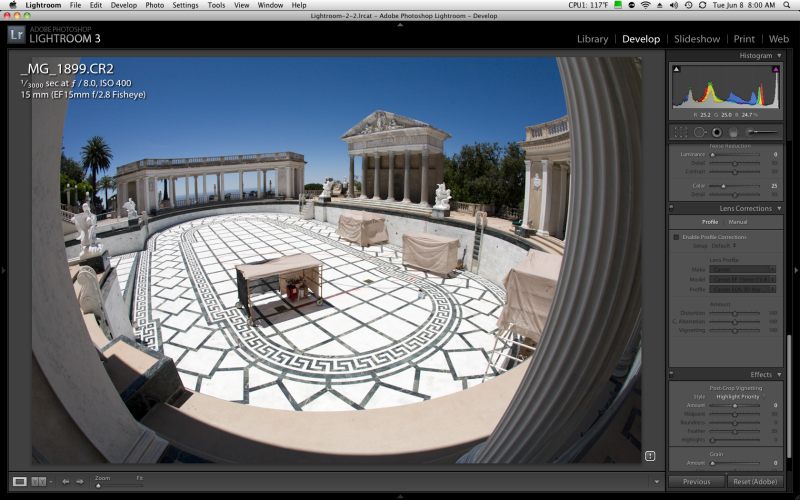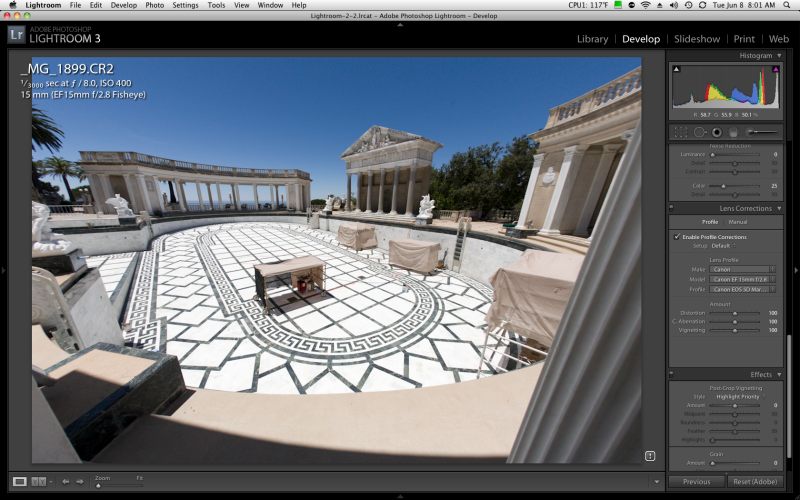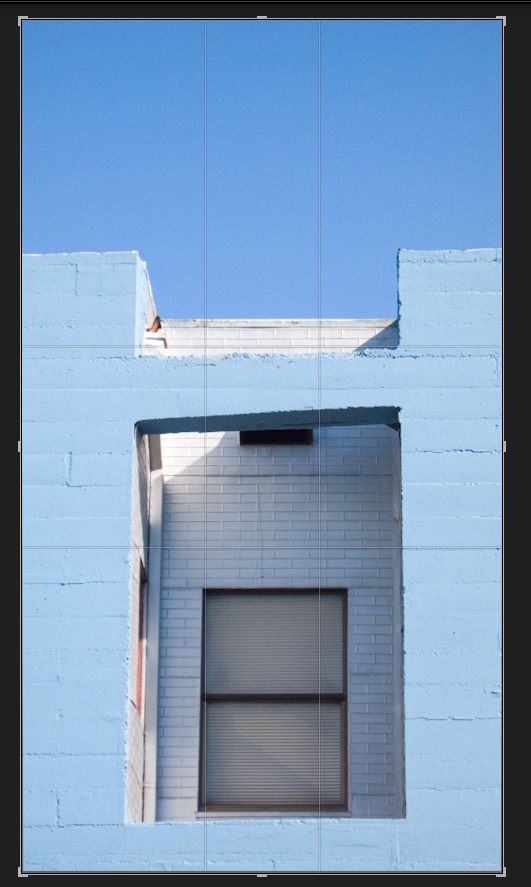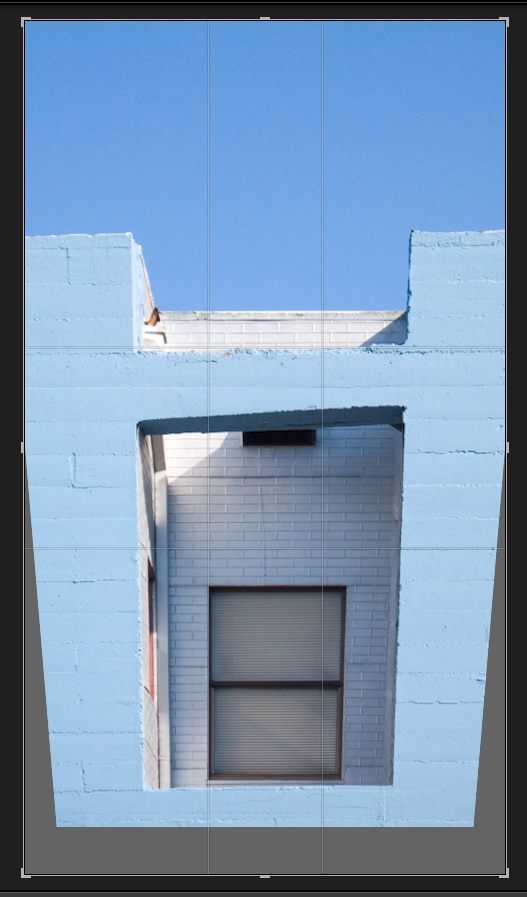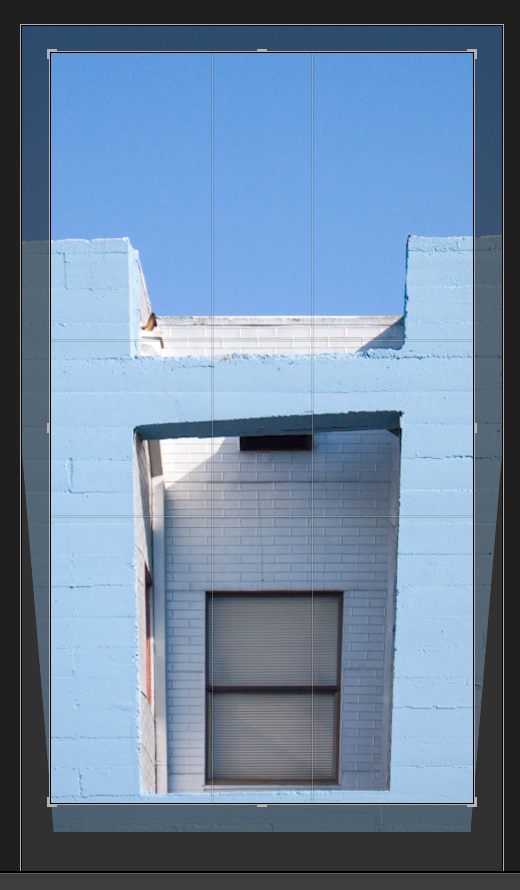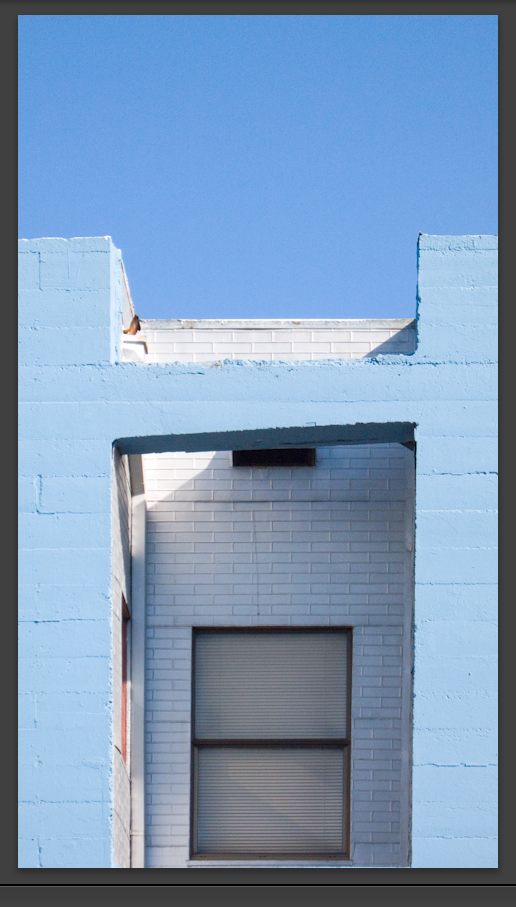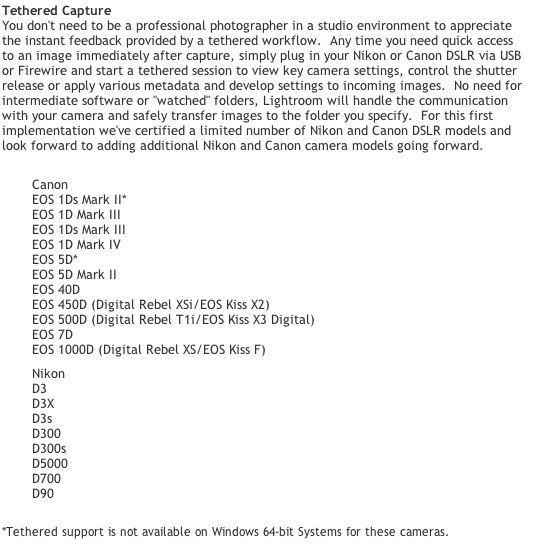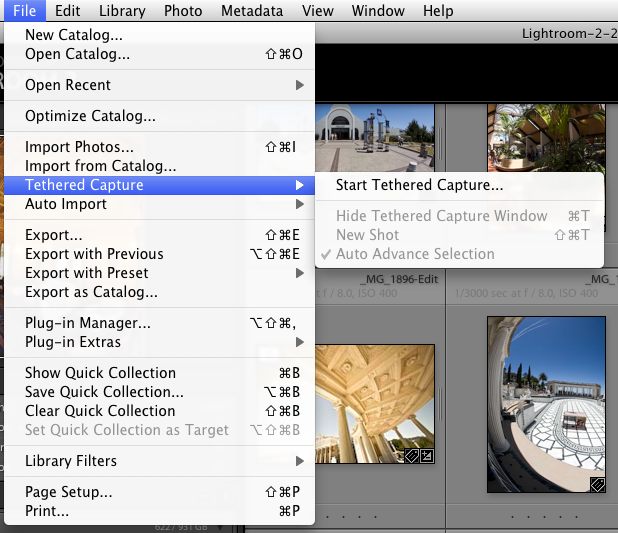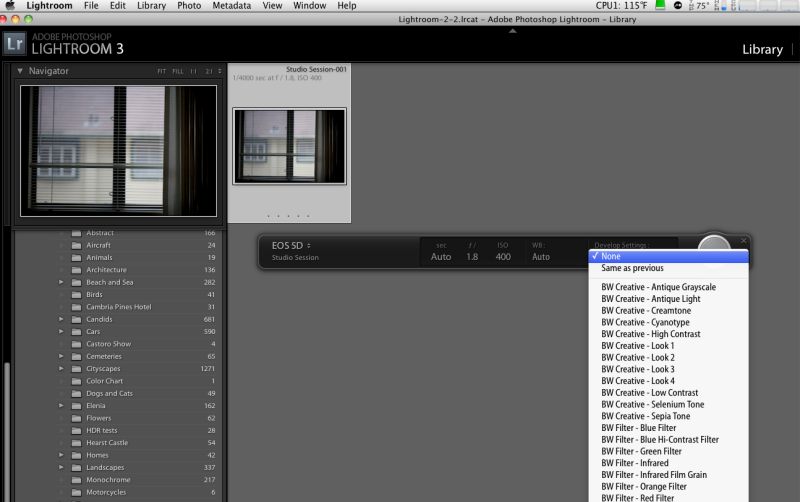Martin Evening scores again.
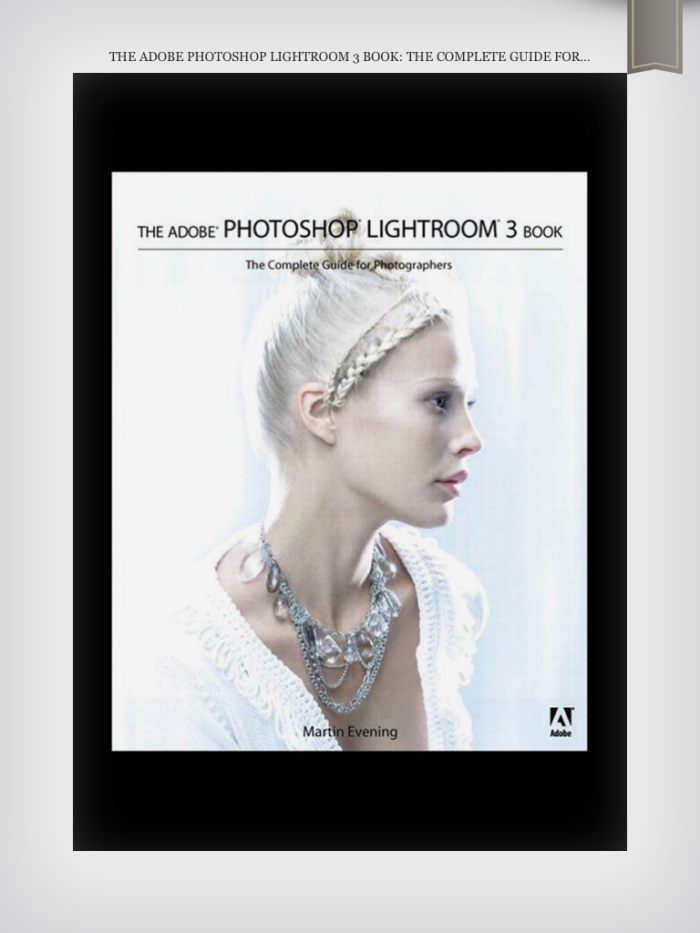
It’s been almost a year since I wrote about Martin Evening’s outstanding Lightroom 2 reference book and the Lightroom 3 version is now available.
Best of all, you can get it in a Kindle eBook version which will play on up to five devices – I have mine on the iPad and on my desktop Mac.
What distinguishes Evening’s writing is not only clarity and practical experience, he is also a very good photographer. Too often these so called software experts turn out to be truly awful photographers which makes you wonder what you could possibly learn from them. It’s still impossible to make a silk purse out of a sow’s ear, last I checked. The beauty of an eBook is that you can look up the index then just touch the page to jump to it; it’s also weightless, not something that can be said of the 600 page paperback predecessor, which I refer to constantly. Further, you can bookmark as many locations as you like as well as change the font sizes to suit your eyesight. The Table of Contents is instantly available if you touch the bookmark logo at the base of the screen.
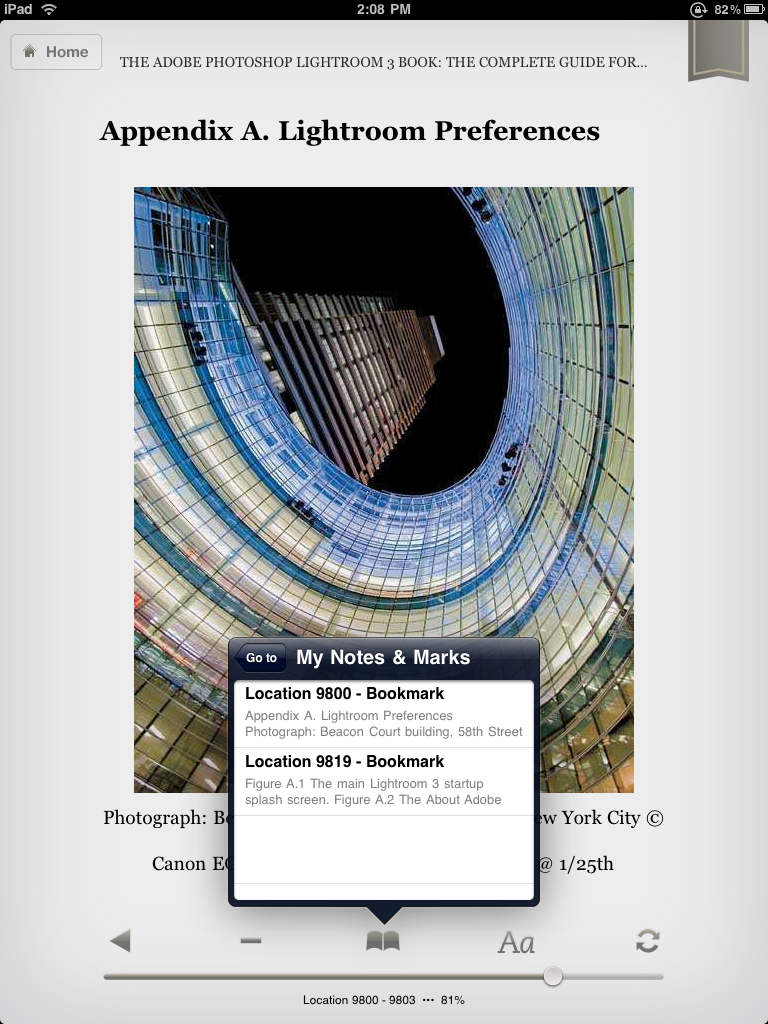
Bookmarking in the Kindle edition on the iPad.
Finally, the Kindle version meets with my goal of getting rid of every last physical book in my home, freeing the wall space covered with bookshelves for better use – like displaying photographs.
I use mine on the iPad where it works really well, as both my big Dell monitors are full when using Lightroom, making the desktop Mac unavailable unless I want to switch apps. You can also read the book on a Kindle but without color it’s not the same. It is very handy to peruse on the iPad in idle moments – rare is the occasion when I do not learn something new. And thanks to Kindle’s sync technology, the page you left at on the iPad will be the page the book opens at on the Mac, and so on.
There’s a good reason to buy the latest version – the new features of LR3 offer substantial processing enhancements and it really helps to have a working photographer show how to get the last ounce out of these.
I continue to learn daily about Lightroom – yesterday, for example, I did my first split toning effort. I never did understand what those sliders were for until I checked Martin Evening’s book.
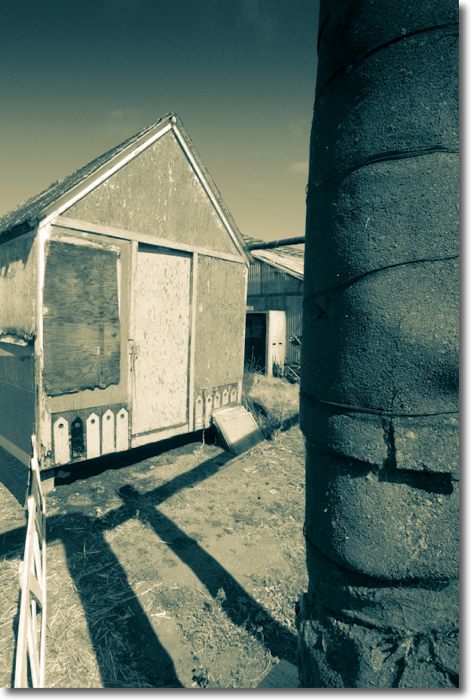
Hut. Split toning – my first attempt! G1, 9-18mm Olympus @ 9mm, ISO 320
Update as of July 30, 2010: Amazon just released an updated version of the Kindle app which allows free text search! Want to look for ‘noise’? Just touch the magnifying glass, type the word and there you are. Wonderful!
Some of Evening’s insights are tremendous. Take this one on film of days past:
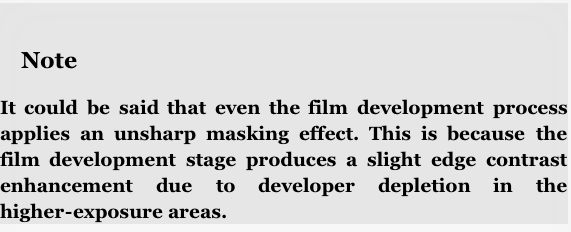
Any old timer worth his salt knows well that if you agitated your film less when it was in developer that you would increase sharpness, owing to the exact effect he describes. It was a pre-digital age ‘sharpening’ process, albeit with near-zero control! The book is full of this sort of thing though rarely as quirky as this.
